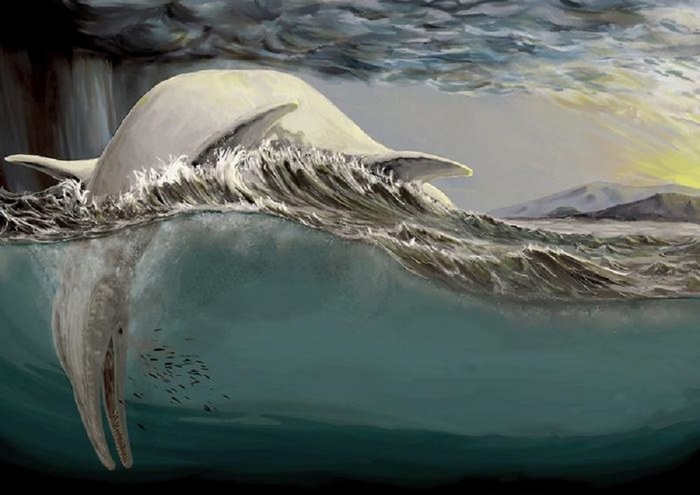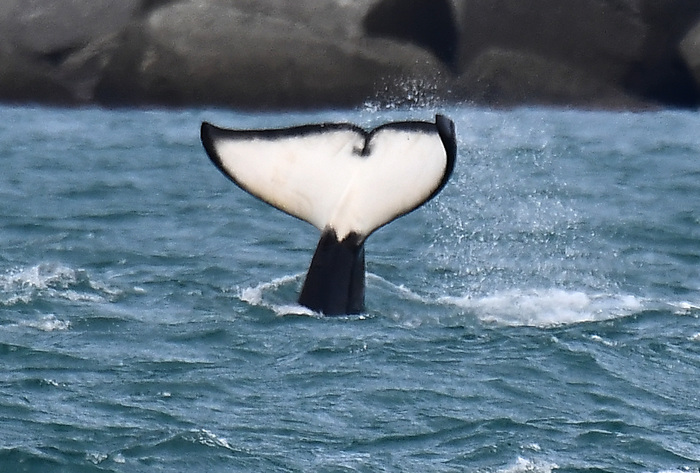In a single day, the history of our planet changed its course: A massive asteroid crashed into the earth 66 million years ago, tearing a 200-kilometer crater in Central America. The result was a devastating mass extinction that swept away the dinosaurs and 75 percent of all species at that time.
Now, US researchers have studied an exceptional fossil site and recovered thousands of well-preserved relics of animals and plants from the time shortly after impact. Their analyzes show that life soon recovered - but now under the domination of mammals.
Our earliest ancestors
The results are described in an article in the current issue of "Science" . Tyler Lyson and Ian Miller of the Denver Museum of Nature and Science, Colorado, led the study. Together with colleagues, they combined the study of animal and plant fossils with exact dates. They show how the rise of the mammals took place in just one million years - an evolution that ultimately led to man.
At the Corral Bluffs site near the city of Colorado Springs, Lyson discovered in 2016 that bones are hidden in the rock, in so-called concretions. This type of mostly egg-shaped stones forms around an organic core and encloses the entire fossil. "When I made such a stone there, the skull of a mammal smiled at me," says Lyson. Once discovered, the researchers literally stumbled upon more finds. Only minutes later, they had freed more skulls from their stony hideout.
more on the subject
The paleontologists cracked more and more concretions and also found skulls of mammals of the earliest generation, right after the geological era. So far, the finds of this era were only small fossil fragments, such as tooth splinters of mammals. Discoveries like those in Corral Bluffs are rare. "You can spend your entire working life without just finding a skull from that time," says Miller.
More body mass through legumes
The largest known mammal that could develop under the rule of the dinosaurs, according to today's estimate, should have brought only eight kilograms on the scales. The impact of the asteroid, however, survived only much smaller mammals. Lyson and Miller assume a maximum body weight of only 500 grams.
However, 100,000 years later, coral bluffs already contain fossils of mammals 12 times heavier. And the animals continue to gain weight: 700,000 years after the turn of the century, they already reach a maximum weight of more than 25 kilograms, another 300,000 years later, they weigh as much as a present-day wolf, so about 50 kilograms.
The dating also provided evidence that the recovery of plants and animals after the asteroid impact was closely related. In the first phase after the impact, the researchers find an initially fern-covered landscape, followed by palm trees, and ever-more-abundant plant communities.
Apparently the new plants provided the mammals with an ever better source of food. The oldest evidence for the nutritious plant family of legumes dates back to 700,000 years after the impact. Maybe our earliest ancestors were also bean eaters.



/cloudfront-eu-central-1.images.arcpublishing.com/prisa/LRSWMXRGLREYHO2C6YULM5WE5M.jpg)




